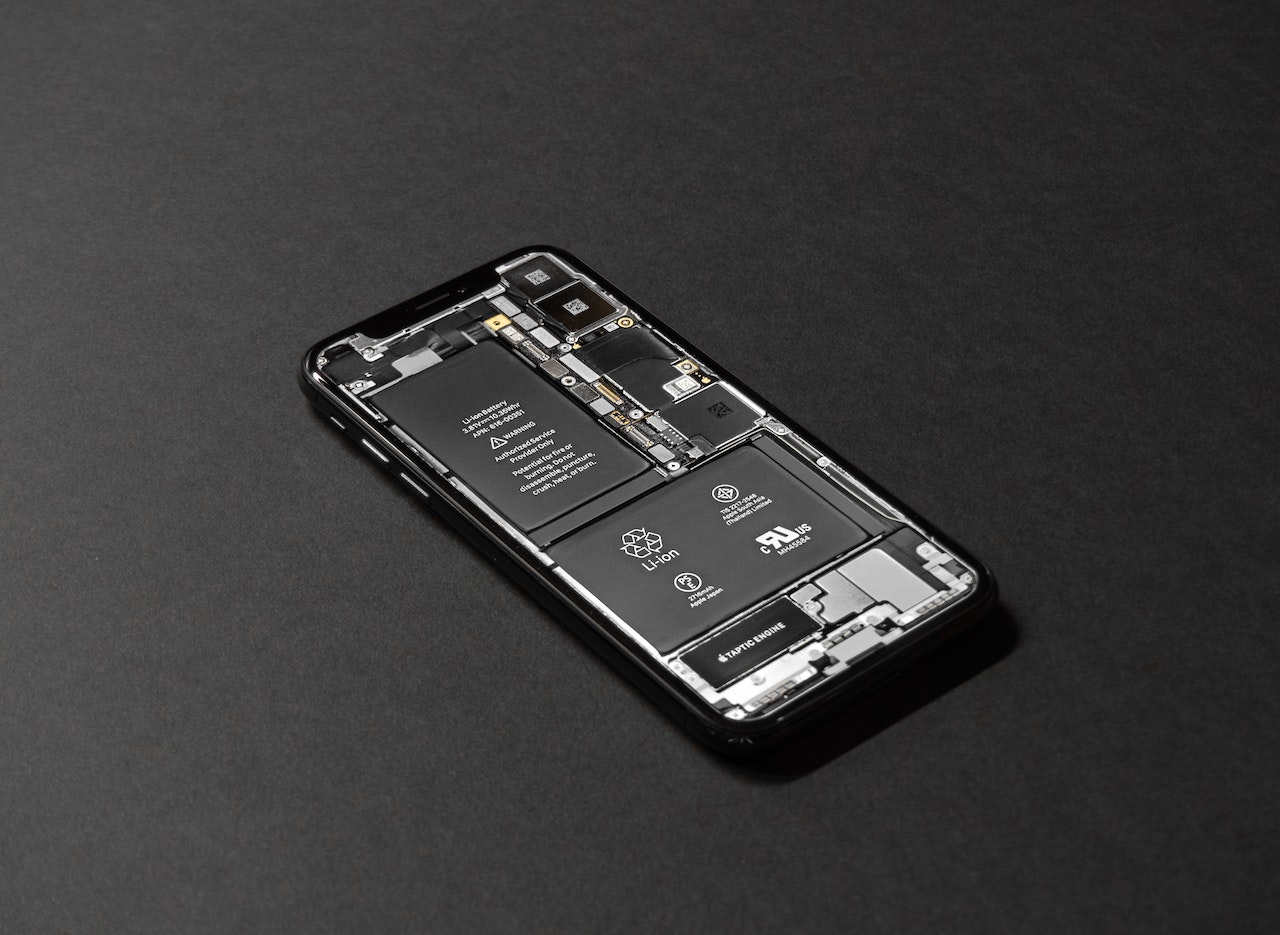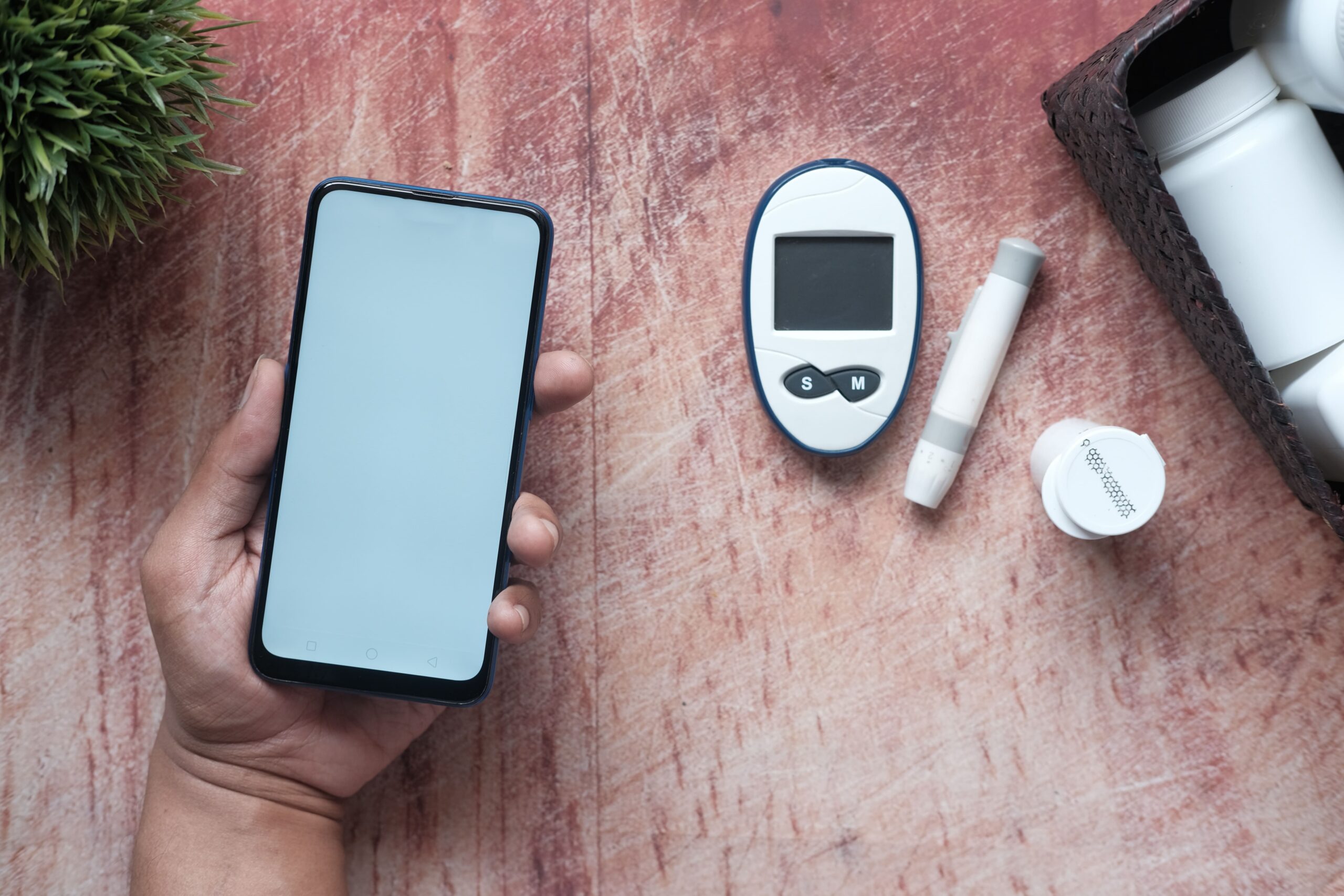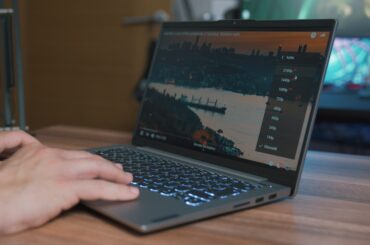Lithium-ion battery technology has become an important part of our lives today. The invention of this ground-breaking technology has completely changed how we store and use energy. But what is lithium-ion battery technology? And its advantages with disadvantages should research.

But in the real situation, Lithium-Ion battery technology has changed many parts of our lives, from how our smartphones and computers work to how electric cars work. In this interesting piece, we dive into the fascinating world of lithium-ion batteries, explaining how they work, pointing out their many benefits, and showing how they have changed the world of portable power in a big way.
What is Lithium-Ion Battery technology and it’s basics
The complex design of a lithium-ion battery’s core is key to how well it can store and release electrical energy. The key parts comprise:
Anode
The anode, the negative electrode, is usually made of graphite. During the charging process, this part acts as a place for lithium ions to stay so they can be kept in the battery. But when the battery is used, these lithium ions release back into the system.
Cathode
The cathode, also called the positive charge, is one of the most important parts of a battery cell. Most lithium-ion batteries made out of lithium metal oxide, an important part of how lithium ions can store and release when the battery charged or drained.
Separator
The divider or the separator is an important part of a battery’s work. It is a thin, porous material that acts as a divider between the cathode and the anode. This keeps the cathode and anode separate while letting lithium ions flow freely. By letting these ions move around, the divider helps the battery work well and last longer by making it easier for the ions to move around. One of the best things about this technology is that it can successfully stop short circuits, making the battery much safer.
Electrolyte
The electrolyte is an important part of how lithium ions typically move from the cathode to the anode. It is mostly an electrical fluid that allows these ions to move through the battery so that it can work well. Most of the time, an organic liquid is used to dissolve a lithium salt.
How Does Lithium-ion Battery Works: Charging and Discharging Process

Lithium ions must move between the cathode and anode for a lithium-ion battery to charge or drain. This action makes possible by the electrolyte. During charging, an outside power source moves lithium ions from the positive cathode to the negative anode. By doing this, the battery can store energy. The lithium ions typically move from the anode to the cathode as the battery dies. This causes electrical energy to be released, which can then be used to power a wide range of products.
Advantages of Lithium-Ion Batteries
Lithium-ion batteries have become popular in many situations because they are better than other types of batteries in many ways. These batteries have changed the way we power our gadgets. They have a lot of advantages that have made them famous and well-known. One of the best things about lithium-ion batteries is how much energy they hold.
They definitely can store a lot of energy in a small, light package, making better use of the room and making it easier to move around. Because lithium-ion batteries have a specific high energy density, they can run a wide range of products, from cell phones to computers.
Longer Cycle Life:
The fact that lithium-ion batteries can use more than once is a big plus. This means they can go through a larger number of charge and discharge rounds before their total capacity starts to decrease. This quality makes them last longer and saves money in the long run.
High Energy Density:
Compared to other rechargeable batteries, lithium-ion batteries have a huge edge in terms of how much energy they can hold. Because of this, they can store a lot of energy in a small space while still being light and tiny. This makes them perfect for many handheld devices.
Fast Charging:
One of the best things about lithium-ion batteries is that they can charge much more quickly than other portable batteries. This feature makes it easy for people to charge their devices and shortens the time it takes for them to be fully functional.
No Memory Effect:
One great thing about lithium-ion batteries is that they don’t have a memory effect. Lithium-ion cells don’t have this problem, unlike other types of batteries. Because of this, they can go through partial filling and discharging processes without affecting their total capacity much.
Disadvantages of Lithium-Ion Battery
Li-ion batteries have a lot of scientific potentials, but they also have some problems, the biggest of which is that they need to be safer. When lithium-ion batteries can expose to high volts, they often get too hot and can damage. This can cause a fire to start in some cases because the heat can’t be controlled.
Risk of Fire
Many shipping companies won’t send large amounts of batteries by plane because of the risks that come with it. Some of these dangers are fire, blasts, and being killed by electricity. Li-ion batteries need extra safety features to control the voltage and internal pressures, which could make the batteries bigger and decrease their total performance.
Aging of Battery Power
Li-ion batteries can also get old, which means that after a certain number of years, they might lose some of their power and be more likely to break. Their price, which is about 40% higher than that of Ni-Cd, is another reason they can use less than they are. Part of the current study on this technology is to find answers to these problems.
Low energy density than gasoline
Last but not least, although Li-ion batteries have an amazing feature of high energy density compared to other types of batteries, their energy density is still about a hundred times less than gasoline, which has 12,700 Wh/kg by mass or 8,760 Wh/L by volume.
Applications of Lithium-Ion Batteries
Lithium-ion batteries have changed how portable power works, bringing in a new age of ease and flexibility. These amazing batteries use in a wide range of things, meeting our growing need for reliable energy sources that we can take with us.
Consumer Electronics
Lithium-ion batteries power everything from smartphones and computers to electric cars and systems that store energy from natural sources. Their small size, lightweight, and high energy density make them perfect for running our devices and cars. This lets us stay linked and move around in today’s fast-paced world. Lithium-ion batteries are the most popular way to power our phones, computers, laptops, and smartwatches in the world of consumer devices.
These amazing batteries allow us to use these devices anywhere without tie to standard power outlets.
Electric Vehicles:
The car business took the lithium-ion battery technology for electric and hybrid vehicles with both hands. This cutting-edge technology opened the door to a new era of transportation, which is better in many ways than the old fuel-powered cars and trucks. Lithium-ion batteries have become the most popular way to power electric and hybrid cars because they store energy well. That’s how this technology helping the industry move toward a cleaner and more sustainable future.
These batteries have the right energy density and power output to move cars while putting the earth first over standard engines that run on fossil fuels.
Renewable Energy Storage:
Lithium-ion batteries are the most important thing when it comes to storing energy from natural sources like the sun and the wind. These batteries are a key part of gathering and storing energy from these renewable sources virtually. Grid energy storage systems are a key part of making up for the fact that green energy sources are only sometimes available. By balancing out the changes in how much green energy is made, these storage systems help make the power grid safer and more stable.
Medical Devices:
Lithium-ion batteries are an important part of a wide range of medical equipment because they keep them working well and reliably. These high-tech batteries are used in many important medical devices, like pacemakers, hearing aids, and portable medical tools. Using lithium-ion technology’s power, these products can help save lives, improve listening experiences, and make healthcare easier and more effective.
Lithium-ion batteries in medical equipment show how committed the industry is to using the latest technology to improve patient care and health. Lithium-ion batteries are great for powering these important life-saving gadgets because they are small and easy to use, last a long time, and hold a lot of energy.
Read with us to get aware in the newest gadgets, tools, and technologies around the world.






